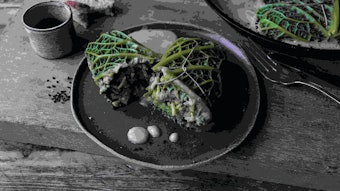Pesticides belong to the family of phytosanitary drugs (plant drugs, from the Greek phyton). They are largely used in agriculture against animal and vegetable parasites to ensure the quality and productivity of harvest.
Despite the health risks and hazards of pesticides for the environment due to their toxicity and persistence, their use is considered essential in modern intensive agriculture so long as they are subject to careful and rigorous controls in terms of application method, frequency, quantity of use and picking times after the last treatment. In order to quantify some organophosphate pesticides in industrial cold-pressed mandarin essential oils obtained from Calabrian fruits (Italy), a rapid and simple gas-chromatographic method using capillary columns and a flame photometric detector (FPD) was conducted.
In previous articles, organochlorines, organophosphates and/or carbamate pesticides have been identified in essential oils from several species of citrus fruits: Navelina orange, bergamot, citron, clementine, mandarin and grapefuit.3-6 Among insecticides, the following organophosphates are currently the focus of attention: methyl azinphos, chlorfenvinphos, ethyl chlorpyrifos, methyl chlorpiriphos, diazinon, dichlofenthion, disulfoton, ethion, fenchlorphos, Imidan, Malathion, methyl parathion, prothiofos, terbufos, tetrachlorvinphos, Tokuthion and Trichloroate. This article focuses on a gas chromatographic (GC) method with programmed temperature and a specific flame photometric detector (FPD) for a rapid analysis of organophosphoric pesticides in cold-pressed mandarin essential oils.










